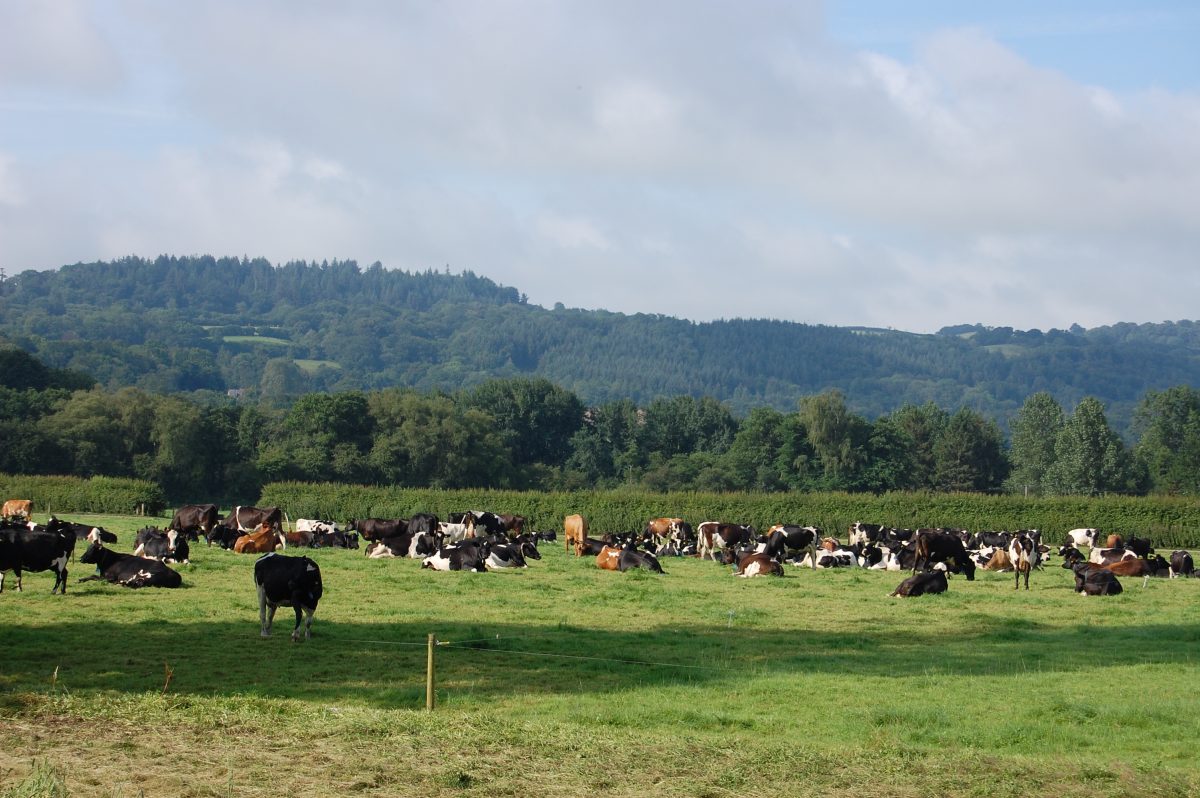With herds getting bigger, farmers need bigger storage for longer periods or expensive transport to send manure away. Separating would reduce the space required while recovering of the fiber contained in manure to produce compost or bedding.
Why farmers should consider manure separation?
UK government has released guidance for farmers and landowners that explains the rules they must follow if their land is in a nitrate vulnerable zone (NVZ). NVZs are areas designated as being at risk from agricultural nitrate pollution. They include about 55% of land in England. The Department for Environment, Food and Rural Affairs (Defra) reviews NVZs every 4 years to account for changes in nitrate concentrations. If land was in an NVZ for the first time in 2017, farmers have until 31 July 2019 to comply with some of these rules.
- storing slurry and poultry manure
- spreading manufactured fertilizer
- equipment you can use to spread slurry
- spreading some types of organic manure
- separating slurry
Farmers must be able to store all the slurry they produce and all poultry manure produced in a yard or building, during the storage period, unless you reduce the volume by:
- sending it off farm
- spreading some of it on fields with a low risk of runoff
In addition to storing the slurry produced, farmers must provide storage for any slurry, rainfall, washings or other liquid that enters the store during the storage period.
How does it work?
Separating manure by decanter centrifuge makes it possible to manage the solid and liquid fractions individually, with greater flexibility and efficiency.
While primary separation has a minimal investment, the effectiveness of separating nutrients into the liquid fraction is quite low. Over 90% of the nutrient value remains with the liquid. Additional separation steps partition nutrients into different usable streams. Of the three major nutrients (N, P and K) presenting manure, nitrogen and phosporus are often the most difficult to manage and can have the largest environmental impact. A secondary separation step with a manure Decanter we segregate the nutrients based on the customers need.
By removing more solids from the liquid, phosphorous and nitrogen levels are reduced giving greater leeway in the manure spreading schedule to apply the necessary nutrients at the time when the crops need them the most, getting more liquid onto the land in consent with local legislation, while maintaining balanced soil conditions.
The higher capture of solids from the liquid fraction ensures little or no settlement in storage lagoons and tanks, maintaining storage capacities and removing the requirement for regular agitation and digging out. The drier solid fraction, which is more nutrient-richer, is easier to store and cheaper to transport to nutrient deficient fields further away, as a soil conditioner it can be applied in a controlled manner. Use as green bedding is also an option under the right conditions and in compliance with legislation.https://video.gea.com/v.ihtml/player.html?token=3cd098b222e306d187e2074752da329b&source=embed&photo_id=53361363
Are there any UK installations?
Farm Slurry dewatering project at Gelli Aur College Farm, Coleg Sir Gâr, Carmarthenshire, Wales, in partnership with Power & Water. This Project has received funding through the Welsh Government’s Rural Communities Rural Development Programme 2014-2020, which is funded by the European Agricultural Fund for rural Development and the Welsh Government. The project will apply innovative and proven concept technology to reduce air and water pollution to reduce the overall volume of slurry by up to 80%. A de-watering and purification system is used to filter slurry, transforming the water to a suitable quality for recycling or discharging to a clean watercourse. The system will also utilize nutrients from the slurry to produce good quality fertilizer.
Find out more about Prosiectslyri Project
What is a decanter?
A decanter is a continuously operating centrifuge with a horizontal solid wall bowl, and automatically controlled scroll, developed specifically to dewater liquid manures and digestate.
What percentage of the liquid fraction it can extract?
Over 85% (>30% dm in solids, <3.5% dm in liquid)
How many cubic meters of slurry can it deal with in an hour?
Range up to 80m3
What about leasing?
GEA can offer flexible leasing options to customers depending on their requirement. Get in touch with a local representative and find the right solution for your farm
Capital cost (inclusive of VAT)?
Approx. £65,000 incl. VAT dependent on machine configuration with lease options available as well
What if I have more questions?
Get in touch with GEA specialist via button below, let us know in the free text field more details about your farm. Or give us a call on 01908 576500
Link to original article:

